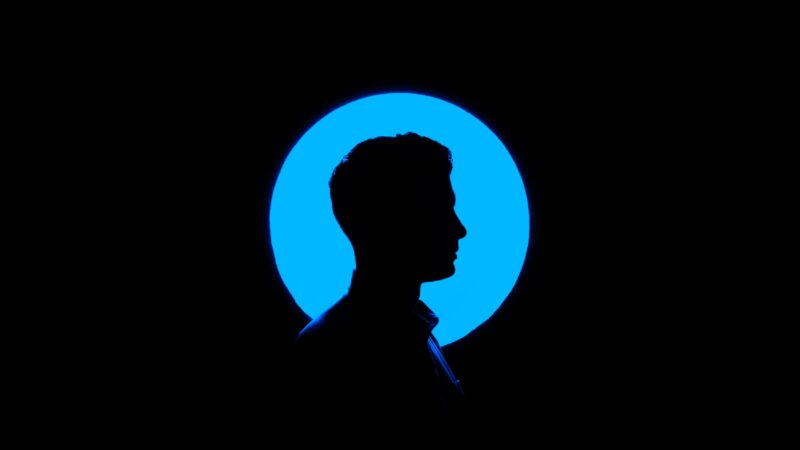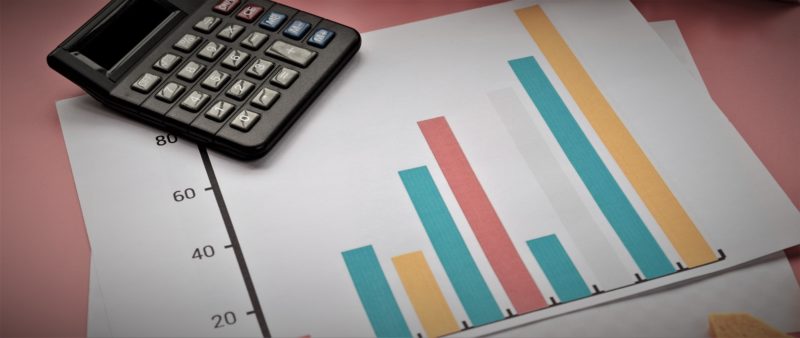Abstract. What is addiction? Is it really possible to assimilate (or to limit) the notion of addiction, in particular to drugs, to a real disease? Is it possible to consider addiction as an entity quite similar to other physical, bodily and biological diseases?
And, if so, does this necessarily imply «to deny, to overshadow, or to make every other dimension disappear, thanks to the light of science»?
Or, on the contrary, should we believe the phenomenon of addiction to be necessarily and inextricably linked to non-biological factors (environmental factors, characterial factors, general life situation of the individual, etc.), which means that any pathological character of the same could be excluded?
And still, more generally, does the problem of addiction represent an exclusive prerogative of the natural sciences, of biology, neurophysiology, genetics, or is it a matter (also) for the human sciences (psychology in the first place) and for the social sciences?
Finally, what impact does the scientific debate on addiction have on the legal field, especially regarding the treatment of the criminal offenders affected by addiction – to drugs and alcohol, or to gambling?
This article aims to clarify these questions, by examining the main (more or less recent) views of science on addiction – with particular attention to the existing literature on the BDMA (Brain Disease Model of Addiction) – and on the relationship between pathological dependency and criminal law – with specific reference, on the one hand, to the position of the case-law on the subject of imputability of the (drug, alcohol and gambling) addicts and, on the other hand, to the link between addiction and prison –, also in order to highlight the clear contradictions between what medical science affirms and the position typically adopted by the Italian criminal courts.
This article was submitted for evaluation by two experts, with a positive outcome.
SUMMARY: 1. Premise. – PART ONE. Addiction as a brain disease? – 2. The BDMA (Brain Disease Model of Addiction). – 3. The debate starts: the criticisms raised against the BDMA model … – 4. … and the reactions of its supporters. – 5. Alternative explanation models to BDMA. – 6. Neuroscientists versus social scientists. – 7. Conclusions on the relationship between addiction and disease. – PART TWO. Criminal law and alcohol and substance addiction. The case law of the Supreme Court about drug and alcohol addiction. – 8. Introduction. – 9. Who is imputable? – 10. Addiction, chronic intoxication and habitual consumption. – 11. The “permanent pathological changes”. – PART THREE. Criminal law and non-substance addictions: the case of gambling and the judicial decisions. – 12. Introduction. – 13. Gambling and drug addiction. – 14. The judgements on the gambler’s mental illness … – 15. … and the limit set by the assessment of the causal link. – 16. The irrelevance of PG (pathological gambling) for the purposes of assessing the offender’s mputability. – 17. Provisional conclusions: the parallel tracks of criminal practice and modern science. – PART FOUR. Addiction and prison: some numbers. – 18. Prison and drug addiction. – 19. Prison and alcohol addiction. – 20. Prison and gambling.
To read the Article, click on “open file”.
_________
[1] M. Valleur, La nature des addictions, in Psycholtropes, 2, 15, 2009, p. 21, cit. in M. Croce, Tra neurofobici e neuromaniaci. Note sul brain disease model of addiction, Dal Fare al Dire – rivista italiana di informazione e confronto sulle patologie da dipendenza, numero speciale 2019, pp. 8 ss.

